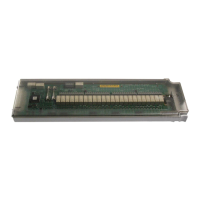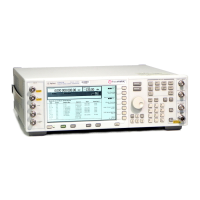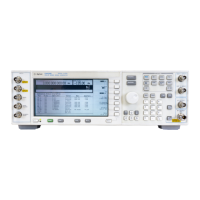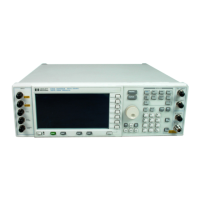Chapter 2 45
Programming Examples
GPIB Programming Examples
#include <visa.h>
#include <iostream>
#include <stdlib.h>
#include <conio.h>
void main ()
{
ViSession defaultRM, vi; // Declares variables of type ViSession
// for instrument communication
ViStatus viStatus = 0; // Declares a variable of type ViStatus
// for GPIB verifications
char rdBuffer [256]; // Declare variable to hold string data
int num; // Declare variable to hold integer data
viStatus=viOpenDefaultRM(&defaultRM); // Initialize VISA system
// Open session to GPIB device at address 19
viStatus=viOpen(defaultRM, "GPIB::19::INSTR", VI_NULL, VI_NULL, &vi);
if(viStatus){ // If problems then prompt user
printf("Could not open ViSession!\n");
printf("Check instruments and connections\n");
printf("\n");
exit(0);}
viPrintf(vi, "*RST\n"); // Reset the signal generator
viPrintf(vi, "FREQ 500 kHz\n"); // Set the source CW frequency for 500 kHz
viPrintf(vi, "FREQ:CW?\n"); // Query the CW frequency
viScanf(vi, "%t", rdBuffer); // Read signal generator response
printf("Source CW frequency is : %s\n", rdBuffer); // Print the frequency
viPrintf(vi, "POW:AMPL -2.3 dBm\n"); // Set the power level to -2.3 dBm
viPrintf(vi, "POW:AMPL?\n"); // Query the power level
viScanf(vi, "%t", rdBuffer); // Read the response into rdBuffer
printf("Source power (dBm) is : %s\n", rdBuffer); // Print the power level

